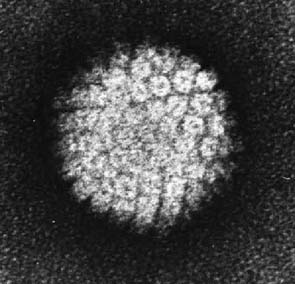In looking at patients over an almost 20-year period, they found that if there was a maternal history of genital warts, RRP was seen in 1 of 144 births, but with no warts it was only seen in about 1 of 30,000, Dr. Inglis reported. Only a very small percent of maternal patients were producing about 37 percent of juvenile RRP cases.
Explore This Issue
September 2006The researchers also reported that longer delivery times resulted in a slightly increased risk of developing the disease; they saw no association with birth order and only a weak association with younger maternal age.
This study certainly raises the question as to whether elective C-section might be effective to protect against juvenile RRP, Dr. Inglis said. In the US, we have a rate of C-section among juvenile RRP patients of about three percent, compared to a national rate of at least ten percent. The Danish study, though, showed no difference in the rates of elective C-section when comparing the two groups. So, I’d have to say that the jury is still out as to whether elective C-section is actually protective.
The clinical course of juvenile RRP is something like a tale of two databases, said Dr. Inglis, referring to data from a US study and a Danish study.
The US study is based on the National Registry for Juvenile-Onset Recurrent Respiratory Papilloma, which was done by the CDC and included more than 600 children from 22 tertiary care centers across the country. The clinical course, as defined by the number of surgeries that the patients had over time, was reported with a median follow-up of 3.6 years.
In some respects, the results of the American study paint a pretty bleak picture, in that the children underwent a mean of 5.1 surgeries annually, Dr. Inglis said. Fortunately, there was not a lot of disease-site progression. In about 75 percent of the patients, the disease remained in the presenting site.
The Danish study included 57 children diagnosed with RRP born between 1974 and 1993. Follow-up averaged approximately 14 years after diagnosis.
Their results painted a much brighter picture. The total median number of surgeries-not the annual, but the total-was five surgeries and 14 percent only required one surgery, he said. With both studies, however, we need to remember that the clinical course does not equal the natural history. I think we need to be skeptical of uncontrolled therapeutic studies.
Traditional Therapies
Obviously, the surgical removal of papilloma requires access and the traditional methods are direct laryngoscopy or bronchoscopy with the possible use of flexible endoscopes.

Leave a Reply